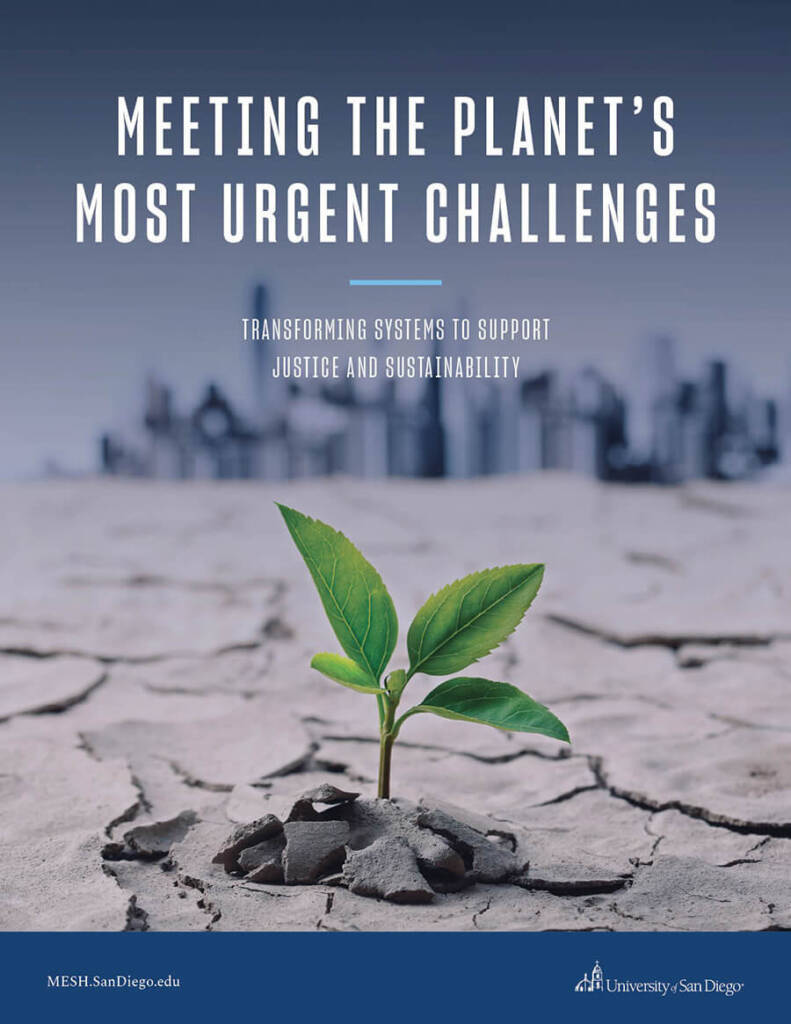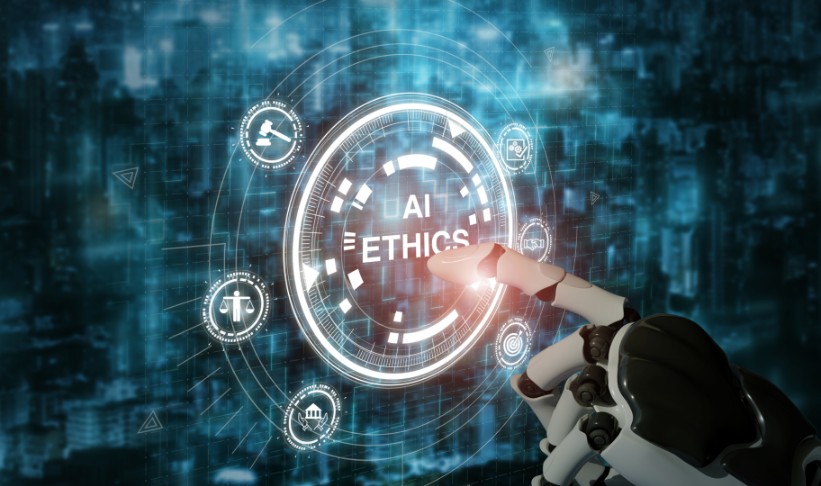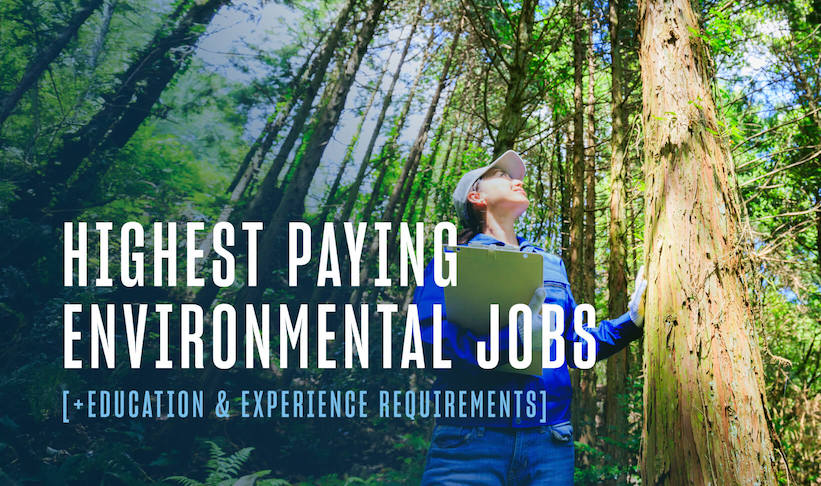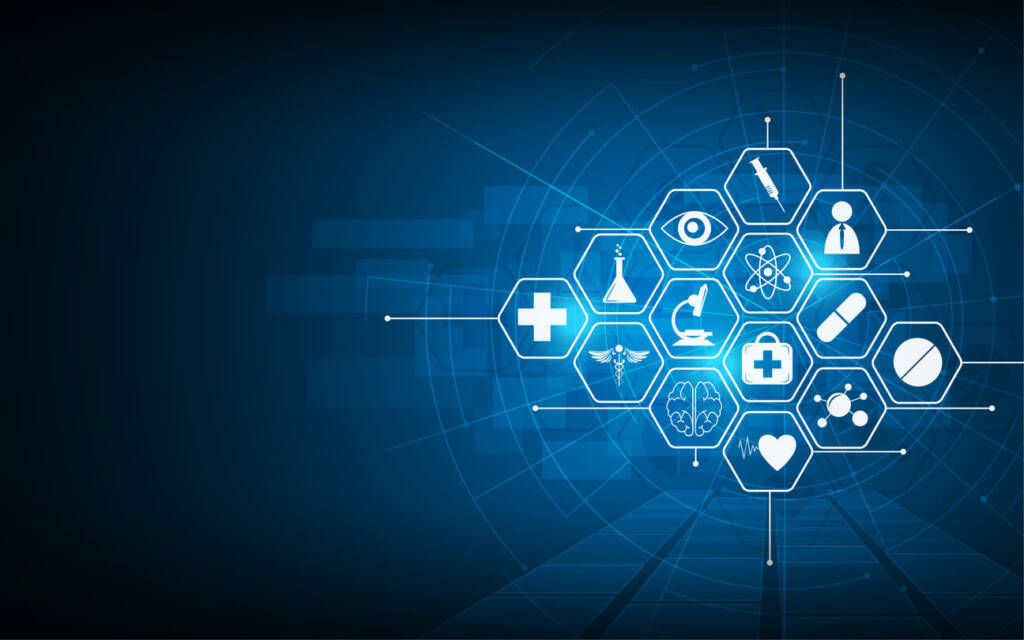Since the advent of the Industrial Revolution, the drive for economic growth and development has resulted in systemic, global problems such as climate change, environmental degradation, the exploitation of labor and increasing social disparity. While organizations and activist groups have advocated for the protection of communities and the environment, and governments have passed legislation to develop sustainable technology and better living conditions, more work still needs to be done.
Development and growth cannot be boundless. To ensure that future generations are able to inherit resources that they can utilize for their own well-being, there must be constraints upon our current levels of consumption. Part of this process is the realization that achieving a more sustainable development does not mean that our current environment or course of action can be sustained.
For those interested in ensuring a sustainable future there needs to be careful consideration and a clear understanding of what sustainable development is, why sustainable development is important and what its key principles are. We must promote goals that positively impact economic growth, social inclusion and environmental protection.
Here is an overview of the current global sustainability goals and recommendations on how you can take action.
Why Is Sustainable Development Important?
To ensure the preservation of resources, clean air, drinkable water and a healthy environment for future generations, all cultures and nations have to balance the present needs of the economy in a way that can accommodate societal and environmental limitations. This is the only way to ensure the long-term well being of human health and society, if not our very survival.
According to the United Nations’ Sustainable Development Agenda, nations, organizations and individuals must take action to strengthen the three underlying pillars of sustainable development:
- Social inclusion — To ensure that all people and cultures have the same opportunities, with a key focus of the decade between 2020-2030 being the promotion of gender equality.
- Environmental sustainability — To combat the existential threat of climate change by reducing pollution, regenerating the natural environment and developing “green” renewable energy.
- Economic prosperity — To eliminate poverty and hunger by promoting opportunity and prosperity among all nations, cultures and communities.
These pillars are inseparable, as strengthening one can positively — or negatively — impact the others. McKinsey’s examination of this interconnection, shown below, illustrates the push and pull that different forces can have on each other. For example, economic growth can produce the financing needed to create new means of environmental sustainability, but only through consuming resources which may not be easily replaced or may be irreplaceable.
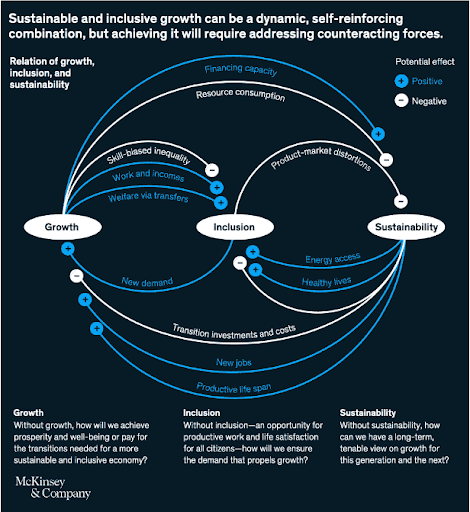
This delicate relationship raises important questions, such as: How can growth reduce inequality rather than concentrating resources with the powerful? How can developed countries ensure that developing countries are supported in transitioning away from unsustainable practices? But perhaps the biggest question of all…
Can Development Be Sustainable?
While there’s no single authority for defining or enacting sustainable development, the closest approximation we have to a shared understanding has come from a series of international conferences. the most impactful being:
- The 1972 U.N. Conference on the Human Environment. Video
- The 1987 “Our Common Future” report (a.k.a. the Brundtland Report) which was released by the U.N.’s Commission on Environment and Development
- The 1992 Rio Earth Summit which resulted in Agenda 21
- The 2015 Sustainable Development Goals adopted by the U.N., consisting of 17 goals and 169 targets to reach by 2030
The principles that have come out of these conferences include social inclusion, environmental sustainability, economic prosperity, peaceful societies and partnerships between all countries and peoples. However, these conferences and reports have been criticized for oversights, misunderstandings and inaction:
- The earlier reports failed to understand the nature of poverty within developing countries and did not place enough emphasis on the obligations of developed countries.
- The initial conferences delivered a mostly “top-down” perspective from developed countries, with little to no insights from poor or developing countries and other stakeholders.
- There was an inability or unwillingness to hold nations and corporations accountable for lack of action or corruption, as well as no proposed effective means to monitor and measure impacts of change.
- The initial concepts of what constituted “sustainable” development were too weak, leading to the mere appearance of progress while inequality and environmental degradation continued to fester.
The 2015 Sustainable Development Goals (SDGs) were intended to address those earlier critiques by taking a more collaborative approach to sustainable development. They were to involve more U.N. member states and a larger number of technical experts. These SDGs also required a reconceptualization of sustainability.
Join Us In the Fight Against Climate Change, Rising Inequity and Social Injustice — Download Meeting the Planet’s Most Urgent Challenges: Transforming Systems to Support Justice and Sustainability
Weak vs. Strong Sustainability
Weak sustainability was the initial conceptualization of an interchange of different resources, or capital, for use by future generations. One common example of this exchange would be a decrease in natural resources that was balanced by an increase in other resources — which was often an increase in human capital. This compensation would, theoretically, result in sustained human welfare.
The problem with weak sustainability is the message that, through the right development and investments, we could “have it all” — economic growth, prosperous societies and a healthy environment with no new ethics or major changes in development required. While weak sustainability was popular among governments and businesses, it was heavily criticized by academics, activists and researchers like Klaus Bosselmann as “profoundly wrong.” Weak sustainability still depletes irreplaceable resources, meaning that sustainable development is impossible.
Instead, we must move to a new paradigm of regenerative development, one that is informed by Julian Agyeman’s notion of a “just” sustainability. This notion recognizes how natural systems are currently impacted by development and applies techniques to restore systems and improve productivity. Strong sustainability does not make allowances for the substitution of human made capital for natural elements like land, water or biodiversity. True sustainable development has to acknowledge that products created by mankind cannot fully replace the natural capital found in ecosystems — so that natural capital must be preserved, nurtured and regenerated.
The 2015 SDGs were a step toward a strong sustainability, along with allowances for equity and justice for all communities around the world. To that end, the 2030 agenda established 17 key principles of sustainable development that work toward a just and regenerative practice of development.
What Are the Goals of Sustainable Development?
The goals of the U.N. SDGs are all interrelated. For example, poverty contributes to inequality, which affects the quality of infrastructure, which impacts resource usage and consumption, which can lead to conflict, which creates further poverty and so on. Just as the three pillars of economic development, social inclusion and environmental sustainability need to be realized in a “balanced and integrated manner,” so too must the following 17 sustainable development goals:
- End poverty in all its forms everywhere
- End hunger, achieve food security and improved nutrition and promote sustainable agriculture
- Ensure healthy lives and promote well being for all at all ages
- Ensure inclusive and equitable quality education and promote lifelong learning opportunities for all
- Achieve gender equality and empower all women and girls
- Ensure availability and sustainable management of water and sanitation for all
- Ensure access to affordable, reliable, sustainable and modern energy for all
- Promote sustained, inclusive and sustainable economic growth, full and productive employment and decent work for all
- Build resilient infrastructure, promote inclusive and sustainable industrialization and foster innovation
- Reduce inequality within and among countries
- Make cities and human settlements inclusive, safe, resilient and sustainable
- Ensure sustainable consumption and production patterns
- Take urgent action to combat climate change and its impacts
- Conserve and sustainably use the oceans, seas and marine resources for sustainable development
- Protect, restore and promote sustainable use of terrestrial ecosystems, sustainably manage forests, combat desertification, halt and reverse land degradation and halt biodiversity loss
- Promote peaceful and inclusive societies for sustainable development, provide access to justice for all and build effective, accountable and inclusive institutions at all levels
- Strengthen the means of implementation and revitalize the global partnership for sustainable development
To be clear, these are massive and also urgent undertakings that are hindered by systemic issues that exist at both the national and global level. There are thousands of organizations, millions of people and trillions of dollars invested in the realization of these goals before 2030. At such a vast scope, your next question is likely…
What Can I Do for Sustainable Development?
The good news is that you’ve already started by learning more about sustainable development, but educating yourself is only the first step. One of the criticisms of the earlier U.N. conferences — particularly the phrase 1992 Think Globally, Act Locally Rio summit — is that it puts the onus of change on individual action and away from making larger, systemic changes to major areas like energy production, land usage, agriculture and housing. True action for sustainable development will require the work of change-makers, innovators and advocates in professional positions of power.
If you wish to do more, then consider pursuing a career that plays a direct part in sustainable development. Take a look at any of the positions we review in our blog post on The Top 12 Sustainability Careers. Alternatively, you can shore up your education and skills to specialize in sustainable development within your chosen field or industry. Start by looking into earning a degree in sustainability or social justice.
One such degree, the University of San Diego’s Master of Science in Engineering, Sustainability and Health (MESH), offers a transdisciplinary approach to sustainability studies. With a curriculum designed around uniting the perspective of different fields to critically examine how we approach our built environment, MESH helps graduates develop innovative solutions and leadership in solving problems related to global health and achieving environmental justice.
Contact us to learn more about this innovative program.
Is a Master’s Degree in Engineering, Sustainability and Health the next step for your career? Get Your Ultimate Evaluation Guide to see how USD’s 100% online graduate degree program can aid your professional development.
![Preview image of What Is Sustainable Development? [+ Key Principles]](https://onlinedegrees.sandiego.edu/wp-content/uploads/2022/10/sustainable-development.jpg)
